Nowadays, there are many acids that significantly make human life easier in a variety of areas. The most accessible of them is phosphoric acid, which has the most affordable price and is found in almost every home to solve various household problems. This acid is a versatile, universal remedy, both in the industrial sphere and in healthcare and everyday life.
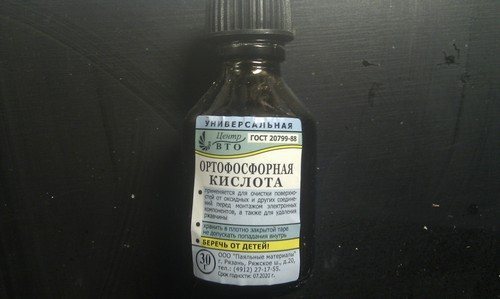
Phosphoric acid and its properties
Being a relatively weak acid compared to its counterparts from the table of chemical elements, phosphoric acid is an inorganic substance. Usually it looks like a scattering of small transparent crystals. By themselves, under normal conditions, they show virtually no chemical activity. But as soon as these crystals are heated to temperatures exceeding 42 degrees Celsius, their basic chemical properties begin to appear.
Crystals of orthophosphoric acid will begin to melt under the influence of high temperature, due to which they will turn into a liquid substance, which is used in everyday life. It is also worth noting that the concentration of chemically active components in orthophosphoric acid usually does not exceed 85%.
The most important property of this acid is its solubility, thanks to which you can independently obtain solutions of varying concentrations depending on the scope of application of this substance. Also, the acid is odorless and, importantly, reacts well with other chemicals.
Precautionary measures
When working with any acids, the most important thing is your own safety. Phosphoric acid is no exception. Before using it, you need to make sure you have a prepared respirator and rubber gloves. After all, phosphoric acid is a rather dangerous chemical that causes skin burns. The fumes of this acid are no less dangerous: their action can lead to severe poisoning or burns of the respiratory tract. It is also worth remembering that phosphoric acid is highly flammable and can lead to a fire. It is for these reasons that most activities with this substance should be carried out outdoors or in well-ventilated rooms. The main thing is not to let the acid get on the skin, but if this does happen, you should immediately wash the affected area under running water. If a significant part of the skin has been exposed to a chemical burn, you should immediately consult a doctor.
To remove rust and scale at home, use a weak solution of phosphoric acid. It turns rust into a black coating, which can then be easily cleaned from a metal product. Orthophosphoric acid is also indispensable for removing scale from dishes.
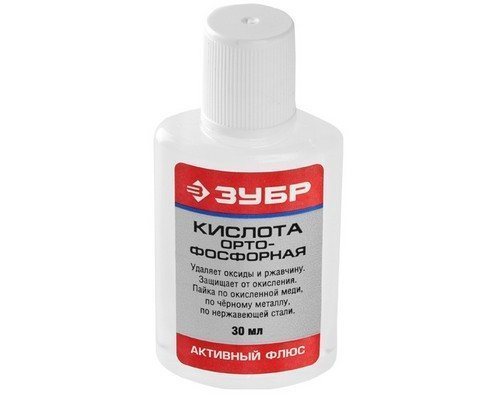
Getting rid of rust
The great advantage of orthophosphoric acid is its ability to form a rust-protecting film on the product, and not just get rid of a lot of oxides. The process of forming such a protective barrier is easy to describe: the acid, destroying iron oxide, phosphorizes (strengthens) the top layer of the metal. After such manipulations, a grayish and oily film can often be observed on metal products, which appears instead of rust.
There are many ways to remove rust, depending on the degree of rust damage and the size of the item to be cleaned:
- Etching an object by completely placing it in a solution;
- Cleaning the surface of the product by using a roller or spray;
- Distribution of acid over metal after its preparatory cleaning.
Etching of parts thanks to complete immersion.
If you have enough phosphoric acid at home and a large container, the easiest way to get rid of rust is to completely place the product in the mixture. To do this, repeat the order of the work:
- Rinse the product under water using detergent; this will degrease the part;
- Mix the components in a container based on the proportion: 100-150 g of 85% acid to one liter of water;
- Let the part sit in the resulting mixture for an hour, stirring it occasionally;
- Remove the cleaning item and then rinse it thoroughly;
- Mix the neutralizing solution based on the ratio: 50% water to 48% alcohol and 2% ammonia;
- Wipe the product with the resulting solution, then clean with water and dry.
All stages are interconnected, so if you skip any of them, you will not achieve the desired result. Thus, if degreasing is not performed, the etching will proceed unevenly and the uncleaned areas will have to be re-cleaned using other methods. The full immersion pickling method is suitable for products that have some level of corrosion, but cleaning time may increase depending on the thickness of the rust layer.
Advice! To avoid the formation of unwanted hydroxide, after washing you need to dry the part, and you can dry it in any convenient way.
How to distribute acid over a surface.
An item affected by rust may be of impressive size, and large containers and sufficient amounts of acid may not be at hand. In this case, phosphoric acid should be applied directly to the part. This can be done with a roller, sprayer or brush made of natural material. With this approach, it is very important to take into account the level of rust damage. When corrosion has become deeply embedded in the part, the best solution is to remove the top layer by hand or using a grinder.
Then degreasing is carried out, after which it is necessary to distribute this acid solution over the products without gaps and keep them on for 2 hours. After this, you need to remove the acid with a neutralizing mixture, rinse and dry for the last time. If the corrosion is minor, it is possible to cope without resorting to mechanical cleaning, simply repeat the procedure several times.
Getting rid of corrosion on bathtubs, toilets and sinks.
Due to the fact that orthophosphoric acid perfectly fights traces of rusty water on sanitaryware and enameled surfaces, it is used instead of household chemicals. This will not help owners of acrylic bathtubs.
Procedure for cleaning earthenware and enamel surfaces:
- Dilute every 500 ml of water with 100 g of 85% acid;
- Using any detergent, degrease the surface;
- Treat the affected surface with a brush made of natural material;
- After a couple of hours, you need to wash off the acid using a soda solution (1 tablespoon/liter of water).
The main advantage of this method of getting rid of corrosion is that the enamel is not destroyed due to friction. Note to housewives who use Coca-Cola for the same purposes: it acts this way thanks to the orthophosphoric acid in its composition. Thus, it is more profitable to use orthophosphoric acid in the correct volume, and to use the products for their intended purpose.
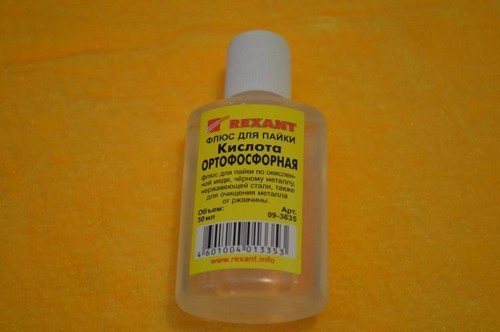
Rust converter.
The rust modifier or converter is the same solution of orthophosphoric acid, but with some additives. They are divided into several groups, depending on these additives:
- modifiers-stabilizers,
- primers,
- rust converters.
What to choose?
When choosing a method for getting rid of rust, you must first of all take into account the place where the acid will be used. For example, to clean a part using the full immersion method, a large amount of phosphoric acid is needed. And if you need to not only get rid of rust, but also create a preparatory layer for applying paint, then a mixture prepared by yourself will not work. For such purposes, it is worth purchasing a factory converter, which will already contain all the necessary additives.
How to deal with scale?
First you need to understand what scale is. In fact, these are not dissolved calcium and magnesium salts that have settled on the equipment parts. This is why acid is great for removing them. Despite the fact that citric acid is most often used, orthophosphoric acid will also be an excellent remedy, because it is often used on an industrial scale. So, most often it is used to remove scale from heat exchange equipment.
To combat scale, mix a weak solution of orthophosphoric acid and then pour it into a container affected by scale, for example, a kettle. This solution should be left for an hour, and then the product should be thoroughly rinsed to remove acid. If this method does not help, try repeating this procedure or slightly heating the solution. This will increase its effectiveness.


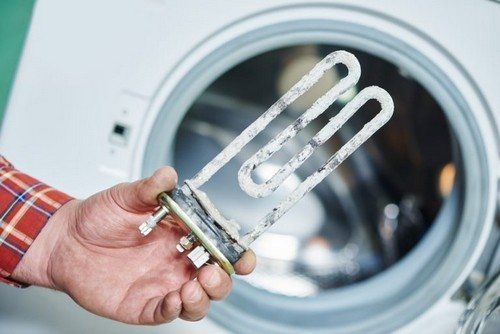
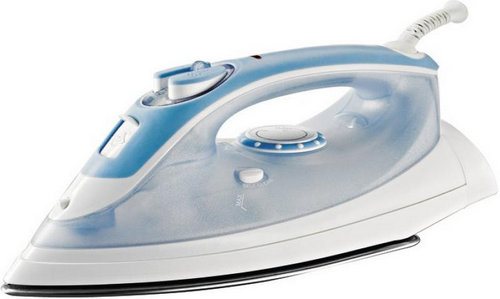

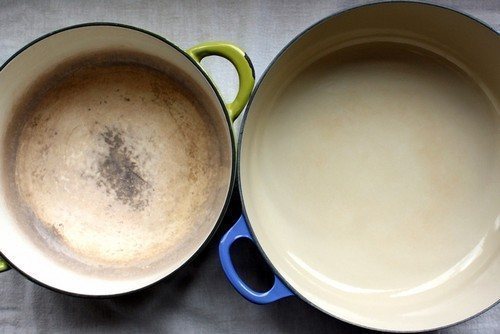
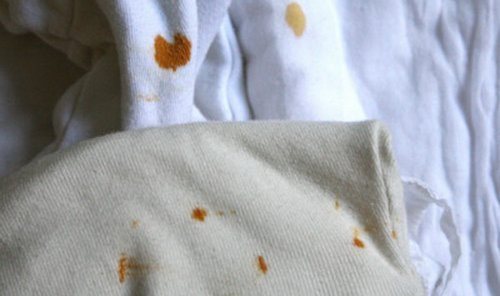
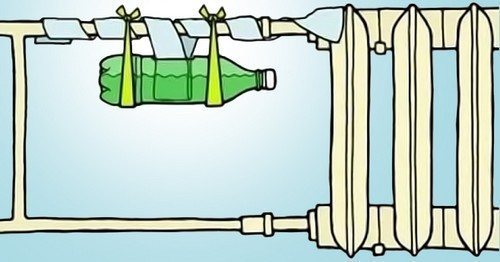
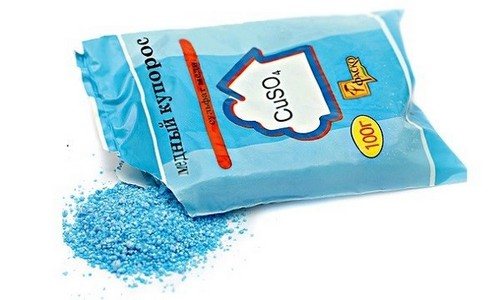

The article is good.
Only an acid cannot have counterparts in the periodic table)